
Read offline
Recommendation
Fraud is ever present, especially now. Authors Howard Silverstone and Howard R. Davia suggest that in recent years fraud has moved from the periphery of the corporate world to the center of it - from small, unprofitable, marginal companies to the biggest blue chips. The headlines about Enron, WorldCom and Global Crossing suggest that the authors are right. They do a commendable job of categorizing and explaining various kinds of fraud and the circumstances that make scams profitable. They offer enough anecdotes to fill a mystery novel writer’s idea file for a year. Given that their book is also accessible, intelligible and, at times, even entertaining, getAbstract.com recommends protecting your company by reading it carefully. This may be your opportunity to avoid ever finding yourself at a board meeting trying to figure out "Who done it?"
Take-Aways
About the Authors
Howard M. Silverstone, CPA, FCA, CFE, is the founder and director of a forensic accounting firm. He has written numerous articles on financial fraud. The late Howard R. Davia was a certified public accountant, author of the first edition of Fraud 101 and co-author of Accountant’s Guide to Fraud Detection and Control.








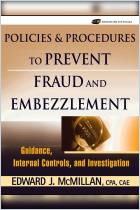
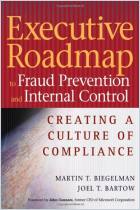
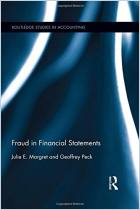
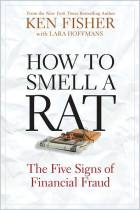
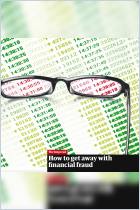
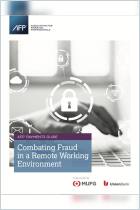



Comment on this summary or Iniciar a Discussão